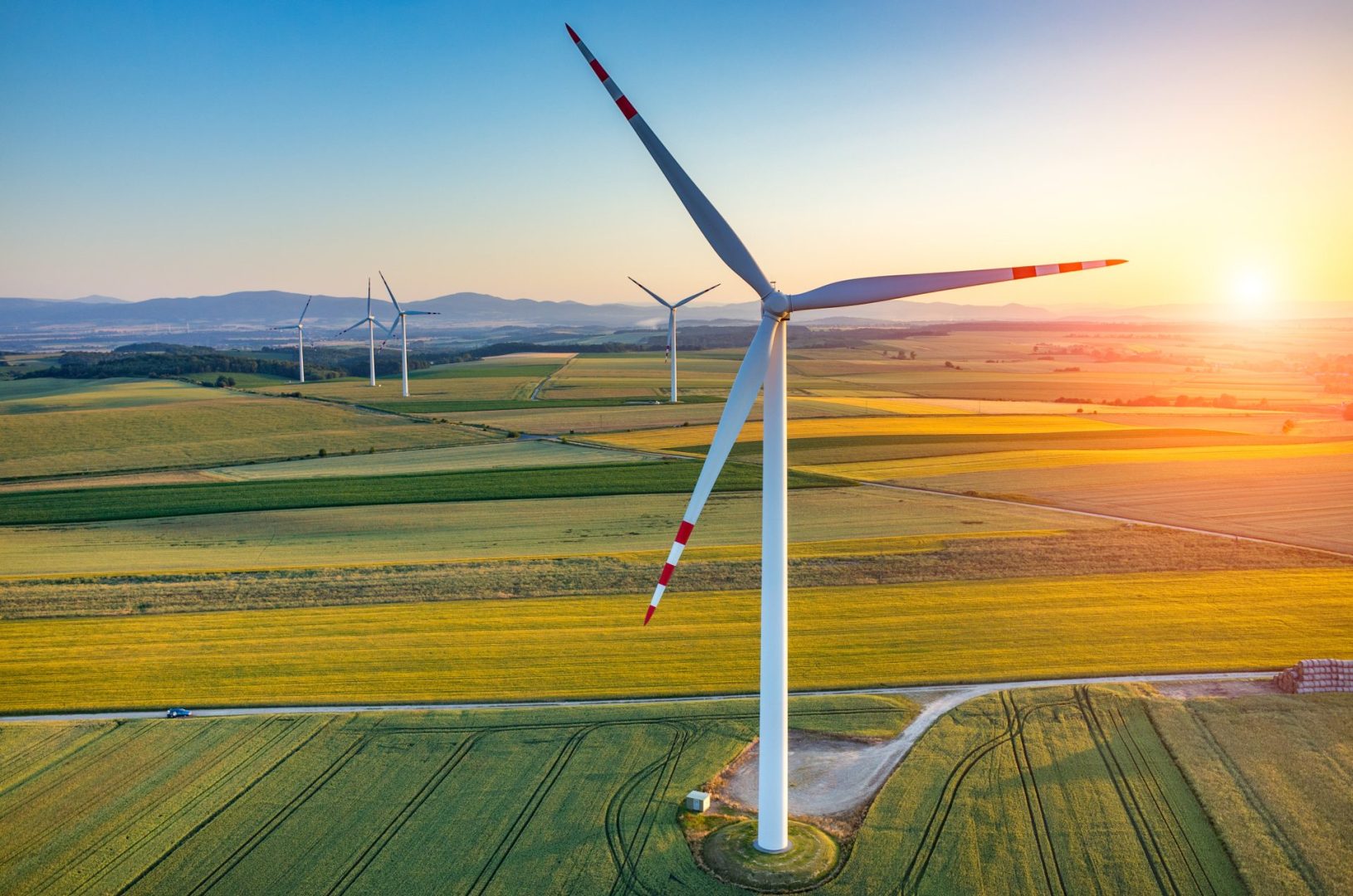“High-return” infrastructure debt, a powerful tool to finance the energy transition
Ronald Gaultier, Investment Director & Romain Vélon, Fund Manager, Sienna Private Credit
Debt investors will benefit from new investment opportunities, as they respond to the growing financing needs of European players in this universe. With the recent increase in its target for the share of renewable energies in final energy consumption to 42.5% by 2030, the European Union is sending out a strong signal in favor of increasing the resources to be allocated. But does it have the resources to match its ambitions, when the financial conditions offered to players in the sector are now less generous? They will have to further diversify their sources of financing, and high-yield infrastructure debt, which is positioned between senior debt and equity in terms of its risk/return profile, will play an essential role.
More limited access to traditional financing.
Since 2022, the economic and political context, with rising interest rates and growing geopolitical and macroeconomic instability, has changed drastically, limiting access to traditional debt and equity financing. At the same time, inflation in construction costs, in particular, is making capital expenditure more expensive. As a result, banks are taking a more conservative approach to risk, and therefore to debt sizing, and will in future cover a smaller proportion of the investment needs of energy transition manufacturers. Likewise, since the size of power producers – often independent power producers (IPPs) – can be modest, their access to equity capital is inherently limited. The world of renewable energy infrastructures is highly fragmented. Its profile differs from that of transport infrastructure, for example, which is made up of construction groups with substantial financial resources. This access to equity capital is becoming all the more difficult, as private equity funds will want to increase their leverage and therefore reduce their equity contributions, in order to maintain their target IRRs (returns).
A growing project financing gap.
The financing gap for operations carried out by these independent producers is set to widen. Yet many European countries will not be in a position to make up this shortfall, and provide the public funds needed for income-securing support mechanisms through guaranteed prices, for example. So, deploying a complementary financing offer today makes it possible to meet a real demand, and “high return” infrastructure debt offers attractive prospects for institutional investors.
In terms of risk management, the structuring of projects, which results from over-the-counter negotiations with manufacturers, offers good predictability of revenue flows, sometimes over several decades, even if the risk of price variations must be taken into account. Infrastructure debt is also treated favorably when insurers calculate their capital adequacy requirements under the Solvency 2 directive.
Adapting the financing instrument to the anticipated risk.
Upstream, during the due diligence process, each project is analyzed to assess its risk, so as to eliminate projects deemed too risky, or whose business plan does not appear sufficiently resistant to certain stress scenarios, and to define the most appropriate financing instrument. Depending on the anticipated level of risk, the choice will be between subordinated financing, i.e. debt complementary to that of the bank, or senior financing, which offers investors priority over assets in the event of default (the order in which they would be paid off). The approach is to structure the financing as junior or senior stretch* debt, depending on the characteristics of the project. This adaptability of the financing instrument to the anticipated risk of each project is one of the advantages of a “high return” infrastructure debt strategy.
For investors, this opportunity comes at a time when allocations need to be adjusted: falling valuations on fixed-income assets are encouraging them to strengthen this asset class, while equities appear to be very highly valued. On the non-listed side, the upward trend in the real estate market has come to a halt, and private equity has entered a phase of uncertainty. In terms of yield, the attractiveness of high-yield infrastructure debt has been reinforced by the rise in benchmark rates (the Euro Mid-Swap 10-year rate has risen by over 250 bps since January 2022), which has considerably narrowed the yield gap with equity investments.
Deployment across all European markets.
The European Union’s ambitions in terms of energy transition and the deadlines it has set call for an acceleration in the development of players in this sector. Sienna Private Credit is taking advantage of this trend, which is creating numerous investment opportunities, to deploy its financing across all European markets. Thanks also to the network built up in this universe over the years, more than 80% of the deals carried out by its dedicated team in 2022 were outside France, particularly in Germany, the Netherlands, Poland, Italy and Spain.
In addition, the focus of this “high return” infrastructure debt strategy on the energy transition responds to investors’ need to reallocate part of their portfolios to this theme, as part of their responsible investor policy. Sienna Private Credit’s specialized energy transition funds are also “Article 9” listed under the European SFDR regulation.
*Senior stretch: instrument equivalent to unitranche debt.
